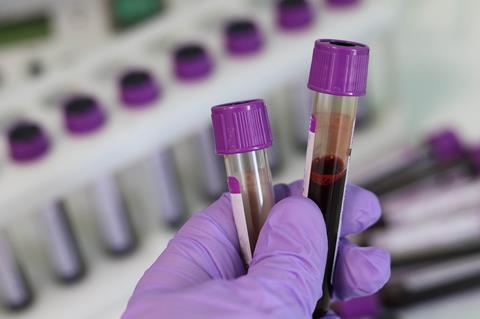The global prevalence of nonalcoholic fatty liver disease (NAFLD) is 25%. This study aimed to explore differences in the gut microbial community and blood lipids between normal livers and those affected by NAFLD using 16S ribosomal deoxyribonucleic acid sequencing.
The study is published in the Journal of Clinical and Translational Hepatology.

Gut microbiome profiles of 40 NAFLD and 20 non-NAFLD controls were analyzed. Information about four blood lipids and 13 other clinical features was collected. Patients were divided into three groups by ultrasound and FibroScan, those with a normal liver, mild FL (FL1), and moderate-to-severe FL (FL2). FL1 and FL2 patients were divided into two groups, those with either hyperlipidemia or non-hyperlipidemia based on their blood lipids.
Keystone species
Potential keystone species within the groups were identified using univariate analysis and a specificity–occupancy plot. Significant difference in biochemical parameters ion NAFLD patients and healthy individuals were identified by detrended correspondence analysis and canonical correspondence analysis
Decreased gut bacterial diversity was found in patients with NAFLD. Firmicutes/Bacteroidetes decreased as NAFLD progressed. Faecalibacterium and Ruminococcus 2 were the most representative fatty-related bacteria. Glutamate pyruvic transaminase, aspartate aminotransferase, and white blood cell count were selected as the most significant biochemical indexes. Calculation of areas under the curve identified two microbiomes combined with the three biochemical indexes that identified normal liver and FL2 very well but performed poorly in diagnosing FL1.
Faecalibacterium and Ruminococcus 2, combined with glutamate pyruvic transaminase, aspartate aminotransferase, and white blood cell count distinguished NAFLD. The authors speculate that regulating the health of gut microbiota may release NAFLD, in addition to providing new targets for clinicians to treat NAFLD.







No comments yet